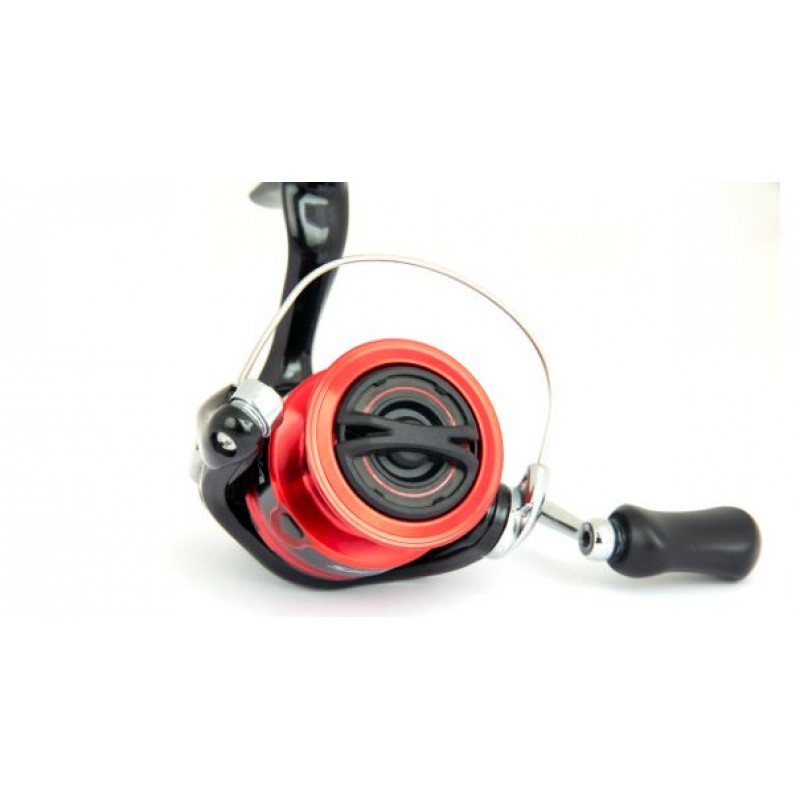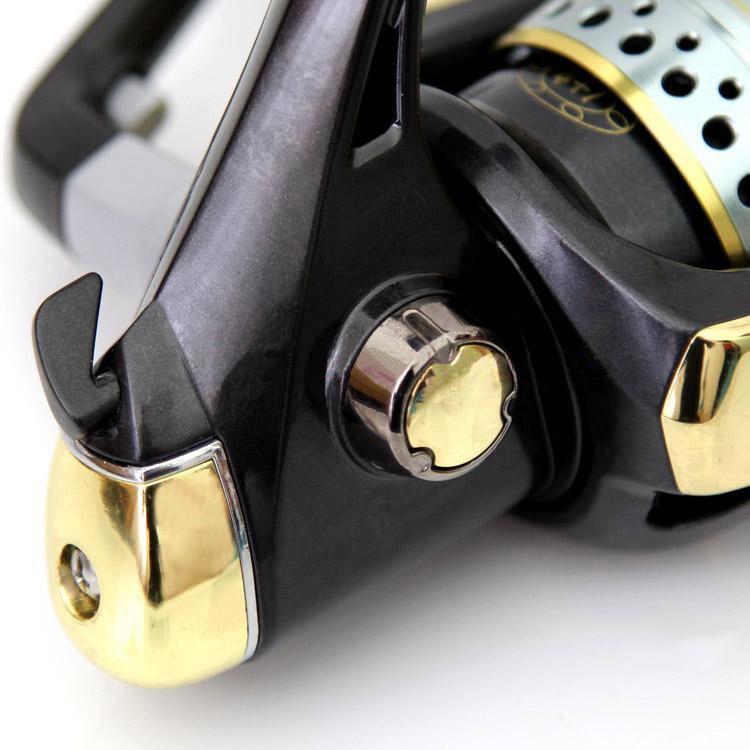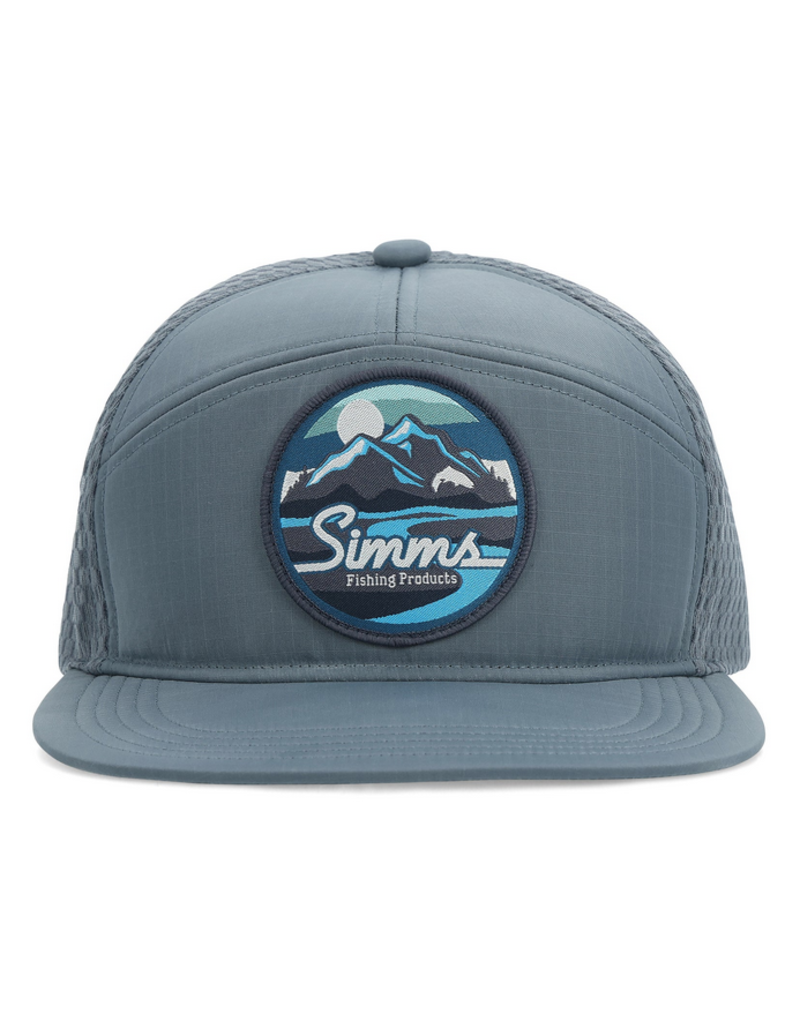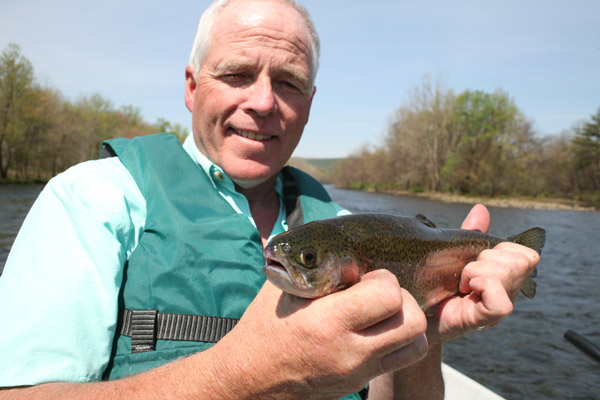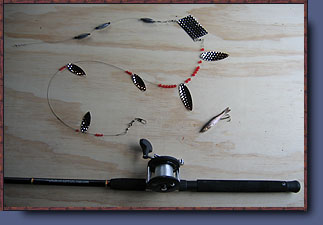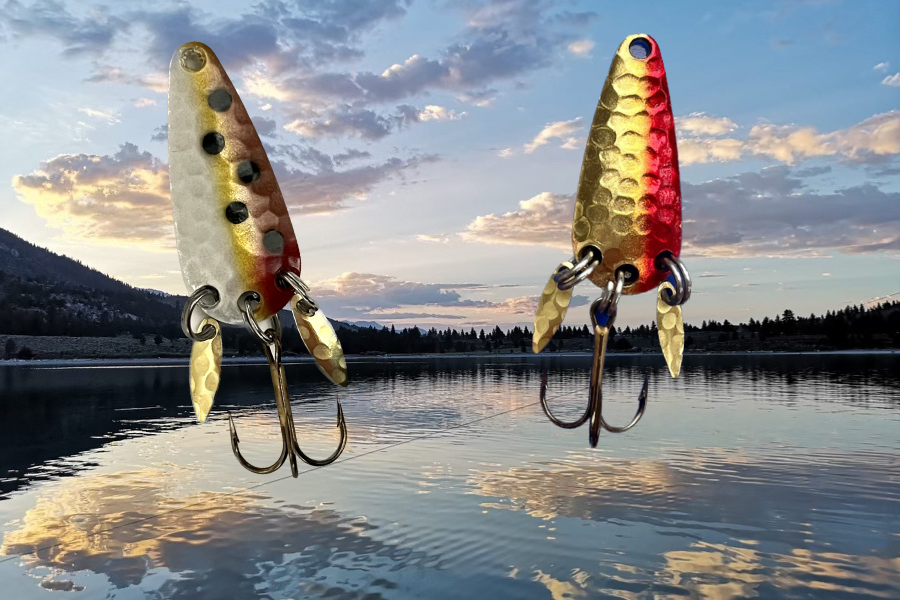Trolling for Trout, Kokanee and Salmon in California Lakes
$ 23.99 · 4.7 (183) · In stock

Summer is approaching and it’s time to dust off the boat, get your tackle box ready and hit the water to enjoy relaxing afternoons on the water trolling for trout and kokanee. In this article, I hope to help you dial in your speed, depth, action, scent and color options when targeting all species in California lakes.
By Mark Hall
Summer is approaching and it’s time to dust off the boat, get your tackle box ready and hit the water to enjoy relaxing afternoons on the water trolling for trout and kokanee. In this article, I hope to help you dial in your speed, depth, action, scent and color options when targeting trout, kokanee and salmon in California lakes this summer.
Ideal depth (and water temperature) when targeting trout and kokanee
To catch fish, you need to find fish, which is why depth is so important when it comes to trolling for trout and kokanee in any lake. Trout and kokanee, like all fish, are dependent on ideal water temperatures, which fluctuate throughout the water column. Knowing the temperature of the water you’re fishing is ultimately key to your success. Utilizing a temperature device, such as a FishHawk TD, will help you narrow down the depth range you need to be in.
As a rule of thumb, kokanee will prefer water temperatures between 45 and 54 degrees (with a max of 60 degrees) while trout will prefer water temperatures between 44 and 67 degrees (with a max of 75 degrees). Lake Trout, also known as Mackinaw, will target water temperatures between 40 and 55 degrees (with a max of 60 degrees) while landlocked kings can be found in water temperatures ranging from 44 to 55 degrees (with a max of 60 degrees). Using these temperature ranges as a guide will give you a head start on finding where the fish are located.
Effective speeds for targeting trout and kokanee while trolling
Now, let’s talk speed. There are certain times of the year when trolling faster will help you catch fish, while other times of the year when slowing down your trolling speed will be the golden ticket. Each fish, however, is different.
Kokanee speeds will vary from 0.7 to 1.8 mph with some kokanee preferring speeds up to 2 mph at times. While trolling the lake, you need to vary your speeds between this range until you find the speed they want. Generally, I start trolling at 1.2 mph on any given lake, then I’ll make slow S-turns to see if I can get a reaction bite. If the kokanee hit the inside line during the turn, it signals they want a slightly slower speed in the presentation. Alternatively, if the kokanee hit on the outside line, it generally means you are trolling too slow and need to speed up 2 to 4 tenths of a mph.
Trout, Mackinaw and landlocked kings are predatory species. Thus, they will generally react to a faster trolling speed. When targeting these species, I will generally start trolling at 2 mph and bump my speed up from there. Although I have caught fish at slower speeds, the more aggressive predatory species tend to prefer these faster trolling speeds.
If you are using a dodger to create more action, you need to keep in mind the possibility of dodgers rolling at higher speeds. My preferred attractors are the Sling Blade Dodger and Double D Dodger and, when used without a bend, will safely troll up to 2.4 mph or more without rolling.
Creating action with your baits to entice trout, kokanee and salmon to bite
Although most of the predatory species will hit stationary baits at times, the easiest way to get a fish to bite is to create action on the lure that will entice a reactionary strike. Whether you’re targeting a filter feeder like kokanee or predatory fish like trout and kings, you can entice the fish to bite by “pissing” them off. To do this, the proper amount of action is required as kokanee, kings and trout and territorial by nature. When they are in an area to feed, anything smaller than them that enters their feeding grounds becomes a nuisance or threat to their survival by being competition for their food resource.
Erratic movements tend to create reactionary strikes. The movement may be something slight or something drastic. At times, something as simple as a hoochie swaying back and forth in front of the fish is enough to entice that strike response, but often fish will look for something that suddenly becomes erratic. The sudden change in the pattern of what the lure is doing is often all it takes to get the strike. This can be accomplished any number of ways, but the easiest way is to simply make a change in speed. While trolling, making S-turns, speeding up or slowing down all create a change in the action of the lure and can be quite effective in enticing that bite.
On the other hand, some lures are designed to create the erratic movement without having to make turns or changes in speed. The Mack’s Lure Pee Wee Wiggle Hoochie is one such lure. It can be ran solo at speeds in excess of 2.5 mph and will dance all over the place due to the unique design of the bill on the front of the hoochie.
Additionally, plugs and spoons will all create their own action and can be trolled at faster speeds. Some spoons can be run well-over 3 mph to target especially active fish in the spring, as well.
Utilizing scent to target trout, kokanee and salmon while trolling
How’s you sense of smell? Did you know that a trout’s sense of smell is 1,000 times stronger than a human’s sense of smell? All salmonid have this ability. Their nostrils are lined with tight tissues that literally contain millions of receptors that allow them to detect a wide range of scents underwater. This can be a benefit and a hinderance to fishermen. When you are the lone fisherman in an area of water, your scent will be the most prevalent one available and will tend to attract fish to your presentations.
On that same note, if you are fishing in a derby or tournament environment, there may be dozens of boats with the same scents being put into the water. When the water column is loaded with scents in this way, the initial advantage is diminished by the amount of attractant in the water. So, how do we gain an edge on the competitions? This is a matter of much debate.
In the competitive world of derby fishing, scent formulas are a closely guarded secret. Some anglers have tweaked their formulas over the years to give them a distinct difference from other scents. This slight or even major difference can make or break you when it comes to crunch time. Yes, I have my own special formula for my corn during kokanee derbies, but no I will not be sharing it here!
Selecting the correct colors when targeting trout, kokanee and salmon
When you look at Bass Pro, Sportsman’s Warehouse or smaller bait and tackle shops, one thing you will find is a large selection of lures in an even greater number of color options. I often joke about how the more extravagant lures with multiple color patterns are not so much to catch fish, but to catch the anglers purchasing them. While it’s true that fish see colors at different depths, they tend to see them differently than we do.
Colors bleed, fade or intensify at different depths. The deeper you go in the water column, the less light is able to penetrate. It’s true that UV colors tend to be brighter as your lure goes deeper in the water column, but in most cases, there is just not enough light at extreme depths to make the colors pop.
As a general rule, I tend to go with darker colors, such as purple and black, the deeper I go. Now, for depths less than 30-feet with only moderate staining of the water, bright colors such as orange and pink tend to show up well. These two colors work well for just about any salmonid species and are generally the biggest sellers in the kokanee and trout market.
One caveat is that on overcast days, darker or duller colors tend to work best whereas on bright, sunny days, brighter colors tend to work better. I know, this seems opposite to what you would think would be best, but in my experience, the same purples and blacks that I use at deeper depths tend to catch more fish on overcast days than orange, pink and chrome.
All in all, trolling California lakes is a great stress reliever whether you catch fish or not. There is something about sitting in a boat and slowly motoring across a body of water. The peace and quiet of nothing but the trolling motor slowly putting away is soothing. I used to get out on the water two or more times per week. With recent changes to my work situation, however, I tend to only get out two or three times per month. I feel the negative changes in my attitude and health when I don’t get out as much.
With that said, I encourage you to get out and enjoy the beauty that is around us. It is a far cry from the hustle and bustle of our daily lives and I think it contributes to a healthier mental state for everyone.
By Mark Hall Summer is approaching and it’s time to dust off the boat, get your tackle box ready and hit the water to enjoy relaxing afternoons on the water trolling for trout and kokanee. In this article, I hope to help you dial in your speed, depth, action, scent and color options when targeting trout, kokanee and salmon in California lakes this summer. Ideal depth (and water temperature) when targeting trout and kokanee To catch fish, you need to find fish, which is why depth is so important when it comes to trolling for trout and kokanee in any

All About Kokanee by Jason Brooks – Salmon Trout Steelheader
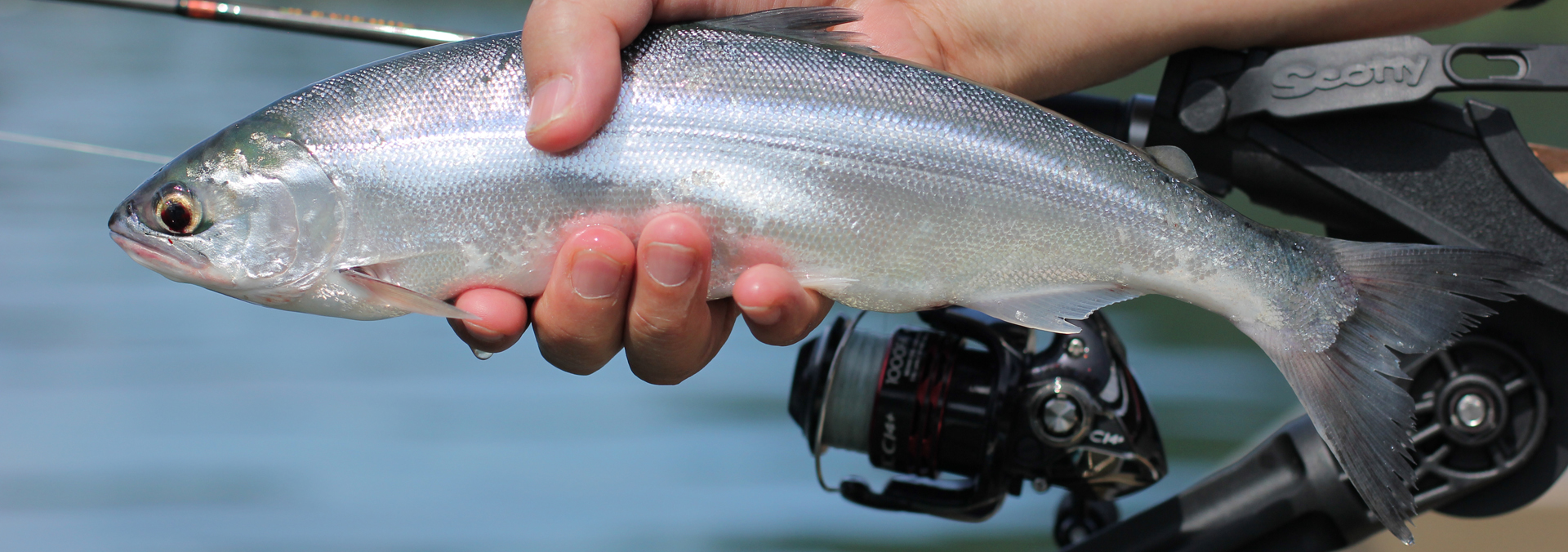
A Guide to Trolling for Kokanee Salmon in Lakes - Go Fish BC
.jpg)
Whiskeytown Lake - Late summer lake salmon and trout bite is on!
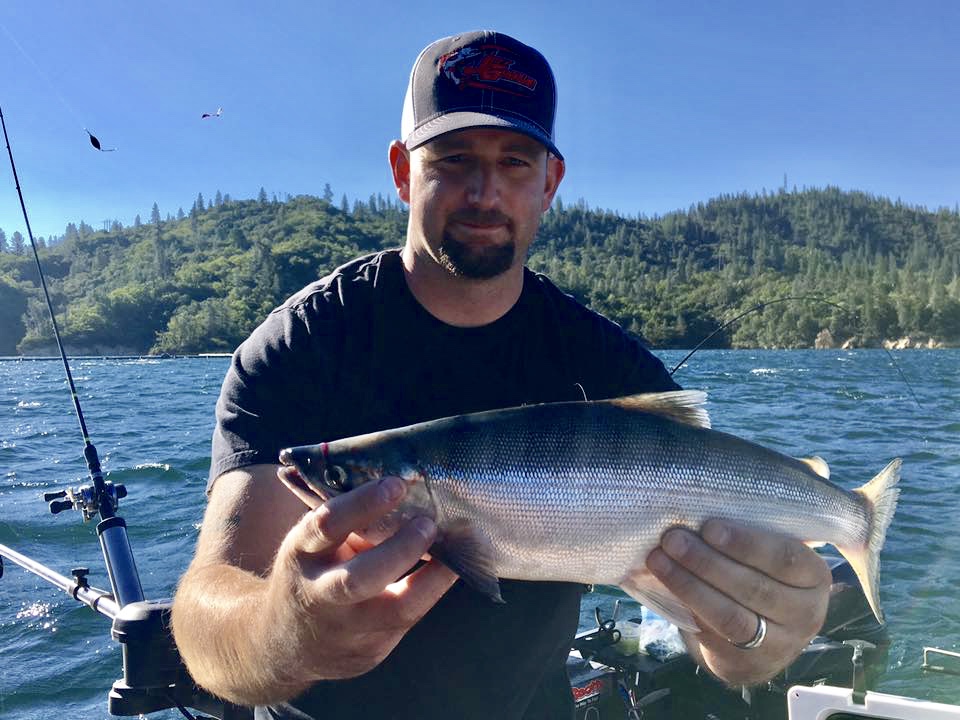
Fishing - Guide tips for Whiskeytown Kokanee

Gold Country Fishing Sports
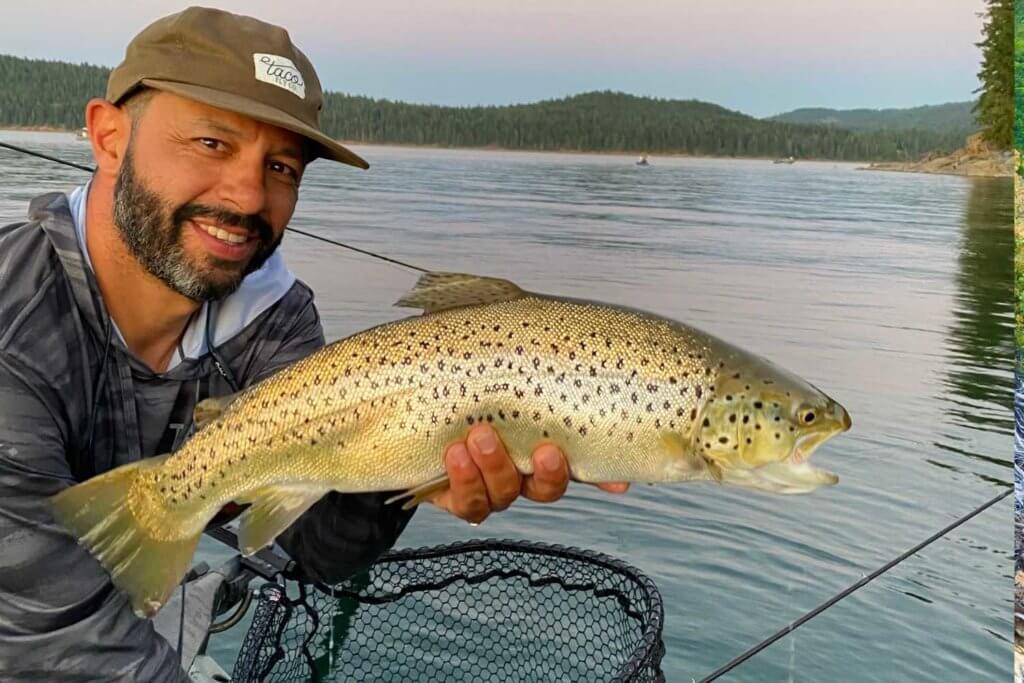
Fishing Plumas County California

Sockeye Salmon / Kokanee River Fishing
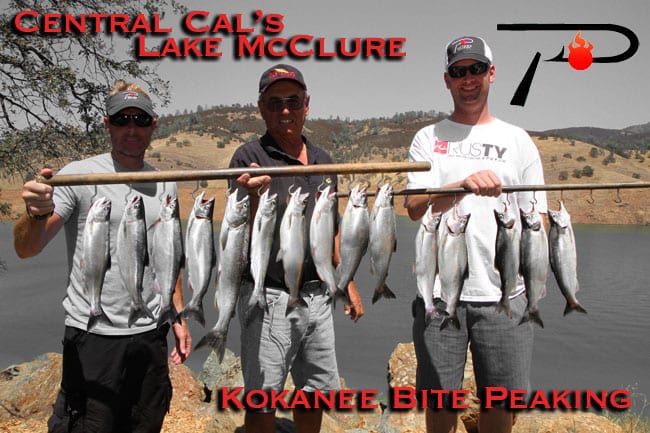
Central Cal's Lake McClure Kokanee Bite Peaking - Pautzke Bait Co
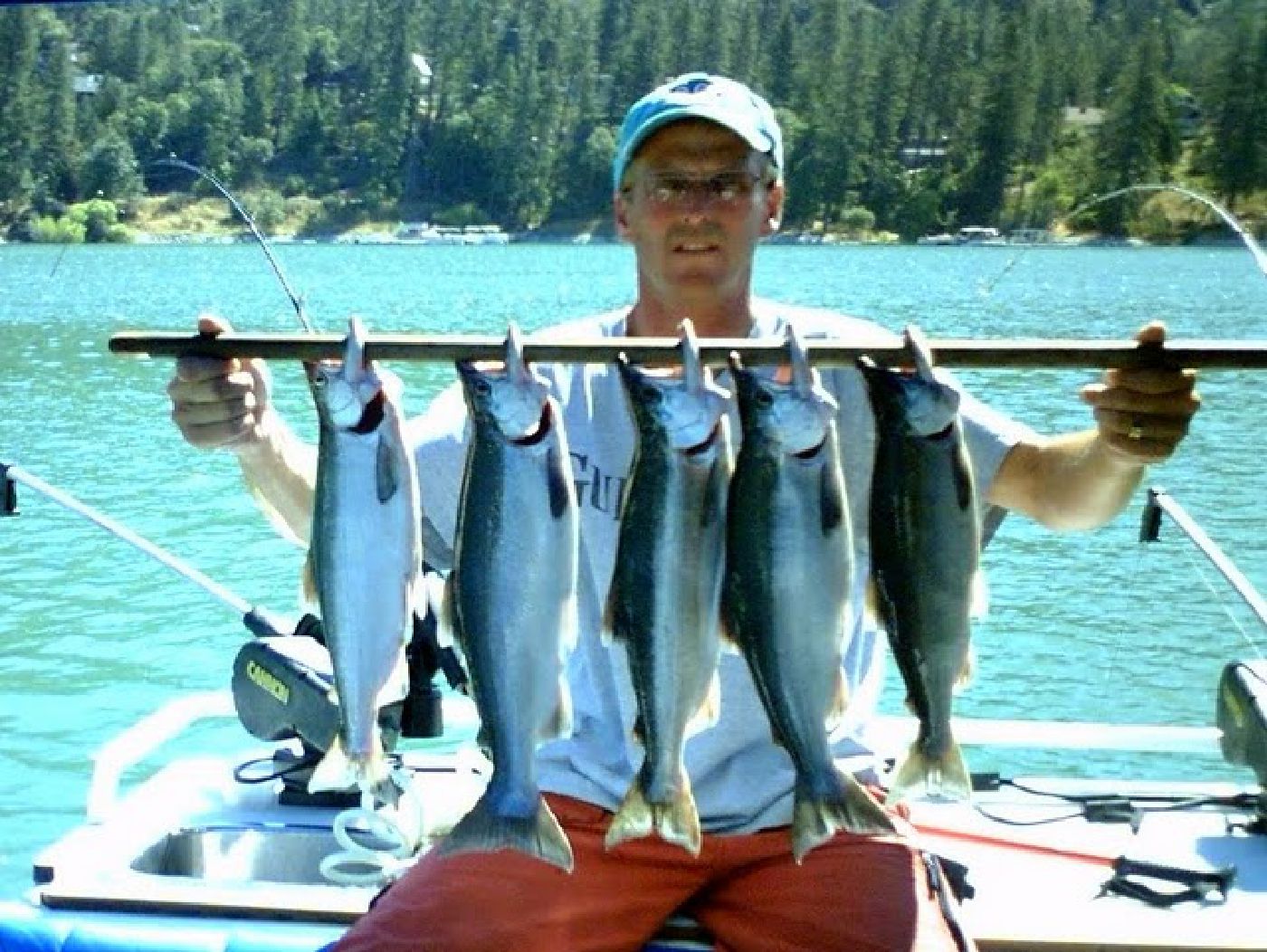
Bass Lake Fishing Guides
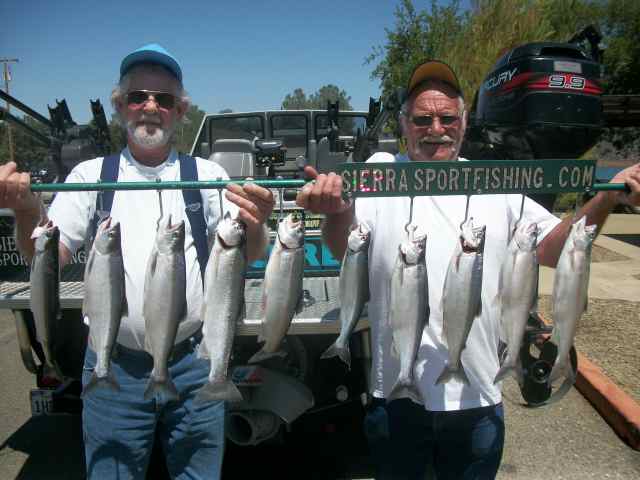
Lake McClure Fish Report - Lake McClure - Excellent trolling

